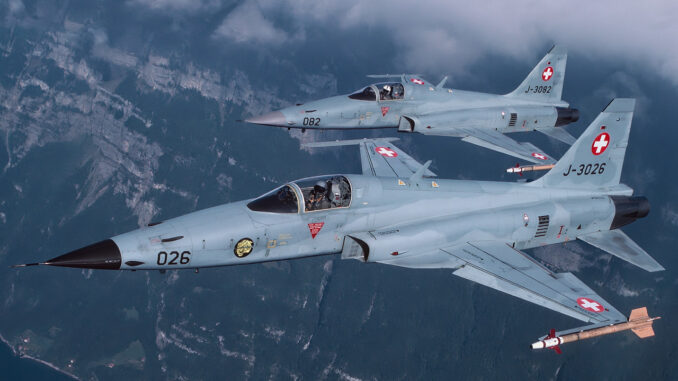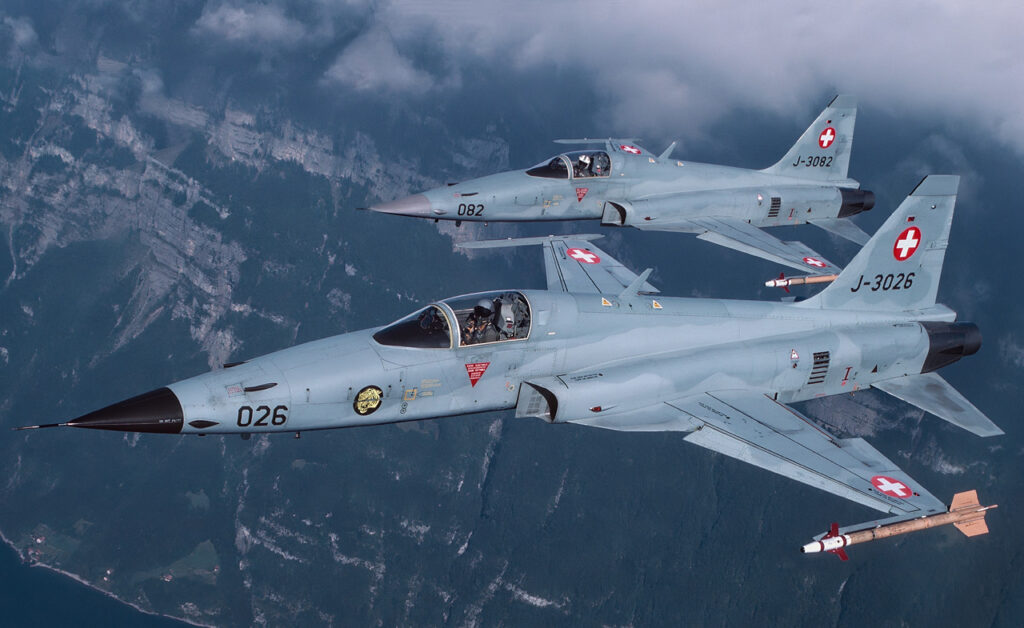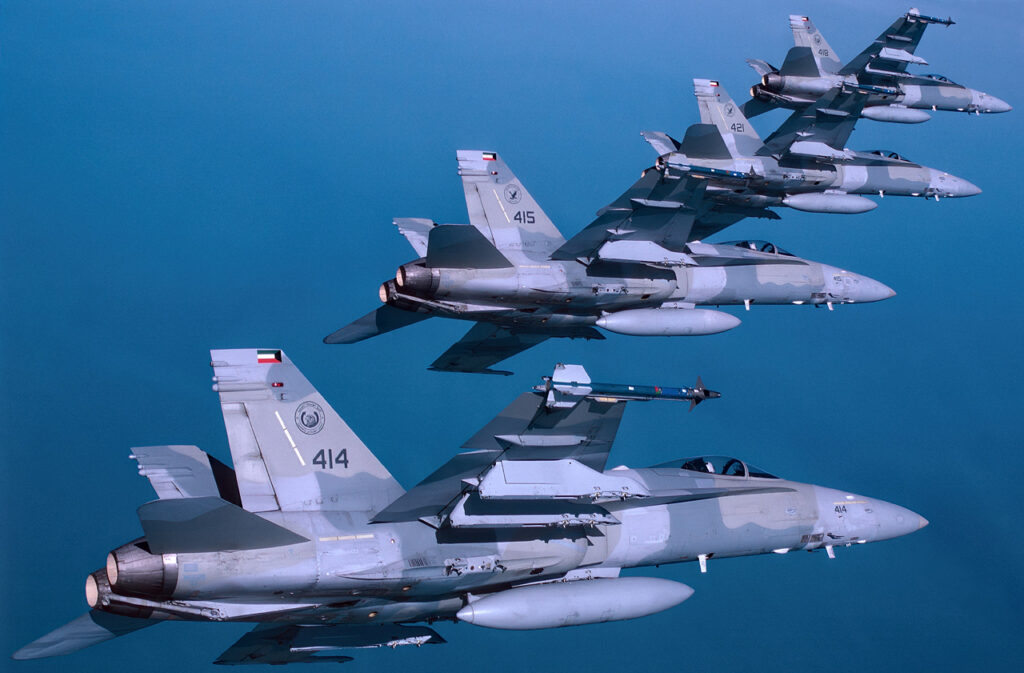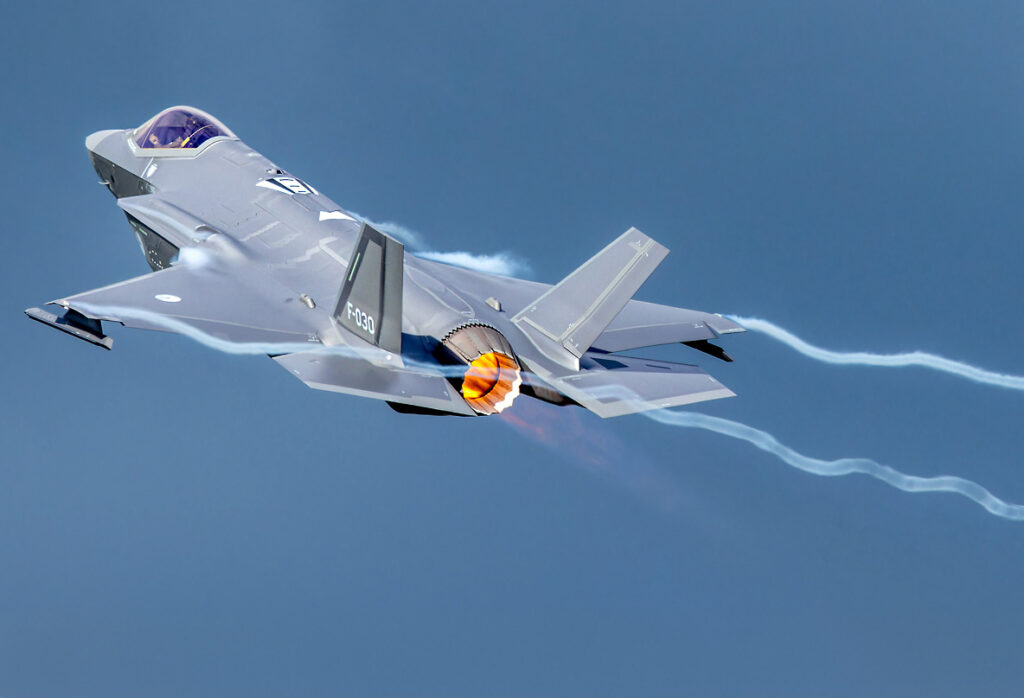
The challenges facing fighter aircraft include stealth, autonomy, agility, and development and maintenance costs.
Modern fighter aircraft face many technical and operational challenges. With the rapid evolution of military technologies, the requirements for these aircraft are constantly increasing. The main challenges include stealth, autonomy, agility, development and maintenance costs. This article explores these challenges in detail, using concrete examples and figures.

Stealth and detection
Stealth is a crucial aspect of modern fighter aircraft. Aircraft must be able to evade enemy radar in order to carry out their missions undetected. The design of stealth aircraft is based on specific geometric shapes and the use of materials that absorb radar waves. For example, the F-35 Lightning II uses special coatings and an angular shape to reduce its radar signature.
Advantages:
Stealth allows aircraft to penetrate enemy defences undetected, increasing their effectiveness during strike missions. This gives a significant strategic advantage, especially in modern conflicts where radar surveillance is ubiquitous.
Disadvantages:
The development of stealth technologies is costly and complex. The special materials and coatings used increase production and maintenance costs. In addition, angled surfaces can reduce aerodynamics, affecting flight performance.
Consequences:
Stealth aircraft, although technologically advanced, require substantial investment in research and development. High maintenance costs can also limit the number of deployable units, impacting the overall operational capability of air forces.
Autonomy and range
Fighter autonomy is another major challenge. Modern missions often require long distances without refuelling. To improve range, engineers are working on larger, more efficient fuel tanks and more energy-efficient engines.
The benefits:
Greater range means fighter jets can carry out longer missions without the need for in-flight refuelling, increasing their operational flexibility. This is particularly useful for missions deep into enemy territory or for long-duration patrols.
Disadvantages:
Increasing range may require compromises on the aircraft’s payload and agility. Larger fuel tanks increase the overall weight of the aircraft, which can affect its combat performance.
Consequences:
Design decisions to maximise range must balance the need for optimum combat performance. The necessary trade-offs can sometimes limit the aircraft’s overall capabilities, affecting its effectiveness in certain missions.

Agility and manoeuvrability
Agility is essential for fighter aircraft, enabling them to avoid threats and dominate aerial combat. Modern aircraft are designed with advanced flight controls and innovative control surfaces to maximise their manoeuvrability.
Benefits:
Improved agility gives a significant advantage in air-to-air combat, enabling pilots to react quickly to threats and perform complex manoeuvres. Fly-by-wire flight control systems, like those on the F-22 Raptor, significantly improve manoeuvrability.
Drawbacks:
Improving agility requires sophisticated control systems and advanced aerodynamics, increasing development and production costs. In addition, pilots need to be highly skilled to fully exploit these capabilities.
Consequences:
The development of advanced manoeuvrability capabilities involves additional costs and intensive training requirements for pilots. However, these investments are often justified by the tactical advantages in air combat.
Development and maintenance costs
Fighter aircraft development and maintenance costs are a major challenge. Modern aircraft incorporate advanced technologies that increase production and maintenance costs.
Benefits :
Advanced technologies improve aircraft performance and capabilities, enabling them to meet modern battlefield requirements. Aircraft like the F-35, although expensive, offer versatility and efficiency that can justify the investment.
Disadvantages:
High costs can limit the number of aircraft armed forces can afford, reducing fleet size and operational capability. Military budgets need to be carefully managed to balance development costs with other defence needs.
Consequences:
Armed forces often have to make trade-offs between unit numbers and technological capabilities. This can affect their ability to deploy enough aircraft to meet a variety of simultaneous threats and missions.

Integration of new technologies
The integration of new technologies, such as artificial intelligence (AI) and autonomous systems, represents an additional challenge. These technologies offer significant advantages but require adaptation of operational designs and doctrines.
Advantages:
AI systems can improve in-flight decision-making, increase weapons accuracy and reduce pilot workload. Autonomous drones can carry out reconnaissance and attack missions without risking the lives of pilots.
Disadvantages:
Integrating these technologies requires investment in research and development and an overhaul of existing systems. There are also cybersecurity challenges, as connected systems can be vulnerable to cyberattacks.
Consequences:
The adoption of new technologies can transform operational capabilities, but it requires constant updating of skills and infrastructure. Air forces need to ensure that their systems are protected against cyber threats while taking advantage of the benefits offered by AI and autonomous technologies.
War Wings Daily is an independant magazine.